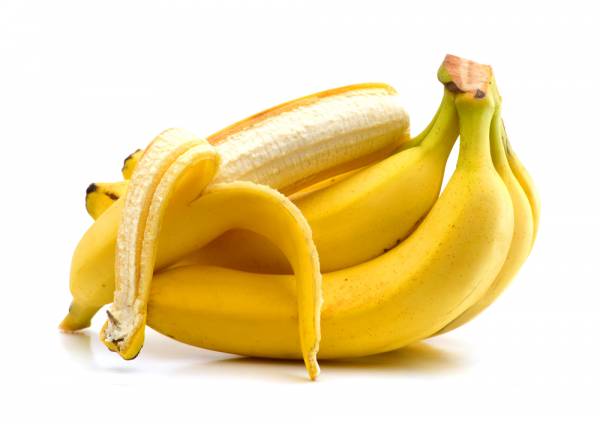I’ve recently moved from a sub-tropical climate to a place known for snow sports, so you’d expect the food available to me would have changed significantly right? Well, surprisingly, not really. Thanks to advances in science and transport, I can still have a dinner party with a papaya shrimp ceviche for a starter, roast lamb with asparagus and butternut squash for the main dish, and coconut apricot pie for dessert, no matter what hemisphere or season I’m in.
Imagine for a minute where all the ingredients for this feast came from, and I don’t just mean the supermarket shelves – I mean before that. Imagine if you had to hunt and gather the ingredients for yourself. From a geographical perspective, the shrimp, papaya, and coconut can all be found in one climate, but we’d be hard pressed to find our sheep chilling out under a coconut tree in the tropics. Nor would we find asparagus, apricots, and butternut squash there either, so we’d have to head to more moderate inland climates for these items. And then from a seasonal perspective, we’d have to arrive in spring for asparagus, late summer for the apricots, and winter for the butternut squash. This dinner party just got complicated!
Back to reality and the fact that our supermarket shelves are laden with almost any food item our taste buds desire. We’ve developed extremely elaborate ways to ensure we have produce ripe for us whenever we want it. But, when you think about it on a broad level, we actually had almost everything we needed (although perhaps not that our taste buds desired) before our food was so globalized. On the sub-tropical beach we had protein from the shrimp, carbohydrates from the papaya, and fat from the coconut. Similarly, living further inland we would nourish our bodies through a cold winter with the fat and protein of lamb and carbohydrates of the likes of butternut squash.
There are certainly a few upsides to the globalization of the food industry – we can source almost anything we want, whenever we want it. From a nutritional perspective the variety means plenty of different vitamins and nutrients available to us. But there are a few potential downsides too, which make you question whether perhaps eating seasonally makes more sense.
First, perhaps the abundance of options leads us to overeat, particularly when it comes to carbohydrates. Fruits and vegetables are broadly considered healthy options, and certainly are in moderation, but it’s also possible to have too much of a good thing.
In nature, it’s pretty rare to find an abundance of carbohydrate sources lined up beside one another as you do in a modern supermarket. If you live in the tropics, you have tropical fruits like papayas, mangoes, and bananas, and of course cane sugar to satisfy your sweet tooth, plus plantains and a few root vegetables for your starches. But if you live in a harsh cold climate, you have none of these and you’re more likely to get your carbohydrates from root vegetables such as carrots, parsnips, and swedes (rutabagas), plus potatoes. The only fruits available are things like apples, pears, and strawberries during the warmer seasons.
Today we can have all of these fruits and starchy vegetables year round and still assume we’re eating healthy since we’re not eating carbohydrates in the form of donuts and baked goods. So whilst we think we’re eating healthy, the variety makes it possible for us to easily overeat carbohydrates.
 But it’s not just the variety that can lead to overconsumption. We’ve all had that experience where although it looked like a banana and was labeled as a banana, what you bit into was some tasteless, somewhat banana-ish, textured substance. Something I’d call a “banana-like item” apparently designed for human consumption. This is an example of how the foods produced out of season don’t quite match up to the ones grown naturally. They have been fed a bunch of chemicals and raised in artificial conditions and then “frozen” for weeks or months for shipping or storage, eventually being chemically ripened just before they make their way into your lunchbox.
But it’s not just the variety that can lead to overconsumption. We’ve all had that experience where although it looked like a banana and was labeled as a banana, what you bit into was some tasteless, somewhat banana-ish, textured substance. Something I’d call a “banana-like item” apparently designed for human consumption. This is an example of how the foods produced out of season don’t quite match up to the ones grown naturally. They have been fed a bunch of chemicals and raised in artificial conditions and then “frozen” for weeks or months for shipping or storage, eventually being chemically ripened just before they make their way into your lunchbox.
It makes sense this banana-like item is not going to taste quite the same as a banana that’s been ripened naturally by the hot Brazilian sun. The whole experience of eating one of these banana-like items leaves me unsatisfied, and wanting something more. The logical next step is to reach for the strawberries you bought today, and if they’re a bit sour you can always try one of the nectarines. Before you know it, three or more servings of fruit are consumed when all you wanted was a real banana.
So, if you’re keen to give eating seasonally a try, where do you start? There are plenty of resources online to show you what produce is seasonal in your area, however the easiest way to start without spending hours researching is to check out a farmers market. Most produce you find there will be fairly local and in season. It’s worth giving a go – your waistline and your taste buds will thank you for it!
Photos courtesy of Shutterstock.






